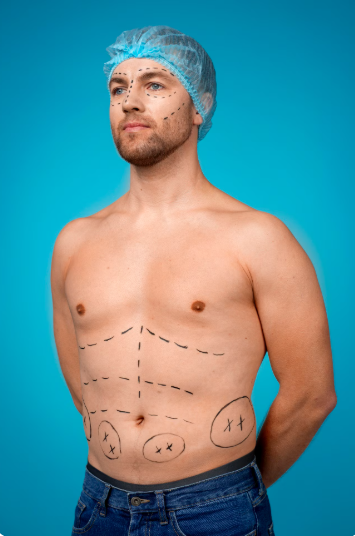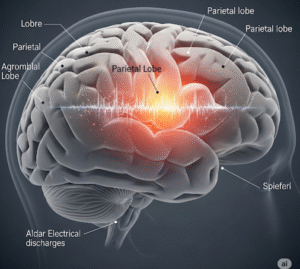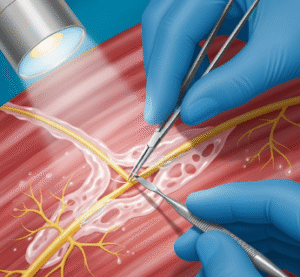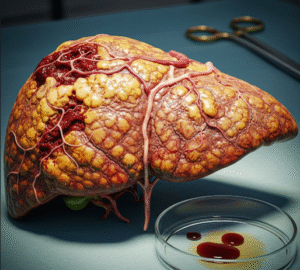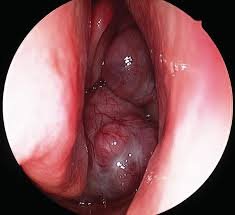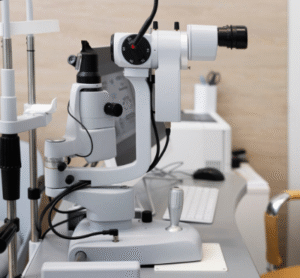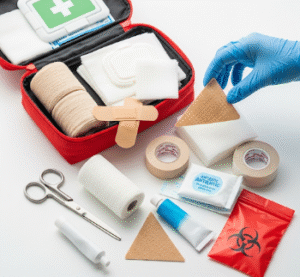What It Is
Gynecomastia surgery is a cosmetic and reconstructive procedure that corrects enlarged male breasts, a condition known as gynecomastia. This condition is caused by an imbalance of hormones (estrogen and testosterone), genetics, weight fluctuations, or the use of certain medications and substances.
The surgery involves removing excess glandular breast tissue, fat, and sometimes skin to restore a flatter, firmer, and more masculine chest contour. In Korea, gynecomastia correction is one of the most frequently performed male plastic surgeries.
Why It’s Done
Men often seek gynecomastia surgery due to both physical discomfort and emotional distress:
- Self-consciousness when wearing fitted shirts, swimwear, or being shirtless.
- Discomfort or tenderness in the chest.
- Difficulty achieving a masculine chest shape despite exercise and weight loss.
- To improve self-esteem and confidence in personal and social settings.
Good candidates include:
- Men with persistent enlarged breast tissue that does not improve with lifestyle changes.
- Patients whose gynecomastia has stabilized (not caused by temporary hormone fluctuations).
- Individuals in good health with realistic expectations about the results.
Alternatives
- Non-surgical treatments: Hormone therapy, diet, and exercise may help in mild cases caused by obesity or hormone imbalance. However, true glandular gynecomastia cannot be corrected without surgery.
- Liposuction alone: Suitable if excess fat is the main issue (pseudo-gynecomastia).
- Lifestyle changes: Avoiding alcohol, anabolic steroids, and certain medications may help prevent worsening.
Preparation
Before gynecomastia surgery in Korea, patients will:
- Undergo a consultation including medical history, chest examination, and sometimes ultrasound to confirm glandular tissue presence.
- Complete medical tests (bloodwork, hormone tests if needed).
- Stop smoking and avoid alcohol for several weeks before surgery.
- Discontinue blood-thinning medications and supplements.
- Plan time off work (typically 5–7 days).
How It’s Done
- Anesthesia: Performed under general anesthesia or local anesthesia with sedation.
- Incisions: Small incisions are usually made around the edge of the areola or in hidden chest creases.
- Fat removal: Liposuction removes excess fat deposits.
- Glandular tissue removal: Excision of firm gland tissue beneath the nipple for a flatter contour.
- Skin tightening: In cases of significant enlargement, skin may also be trimmed to prevent sagging.
- Duration: 1–2 hours, typically as an outpatient procedure.
Recovery
- First few days: Swelling, bruising, and chest tightness are common but manageable with medication.
- Compression garment: A chest garment is worn for 4–6 weeks to reduce swelling and help shape the chest.
- Return to work: Light activities usually resume after 5–7 days.
- Exercise: Gentle walking is encouraged immediately, but weightlifting and strenuous workouts should be avoided for 4–6 weeks.
- Results: Noticeable improvement immediately after surgery, with final chest contour visible in 3–6 months as swelling resolves.
Possible Complications
- Temporary numbness or sensitivity changes in the nipple area.
- Bruising, swelling, or fluid accumulation (seroma/hematoma).
- Minor contour irregularities or asymmetry.
- Rare risks: infection, unfavorable scarring, or overcorrection (chest hollowing).
Treatment Options in Korea
Diagnosis
Korean surgeons diagnose gynecomastia through physical examination, medical history, and sometimes imaging (ultrasound or mammography) to distinguish between fat and glandular tissue. Hormone testing may also be recommended.
Medical Treatments
- Hormone therapy in cases related to imbalance.
- Weight management and exercise for patients with fat-related pseudo-gynecomastia.
Surgical or Advanced Therapies
- Liposuction-assisted gynecomastia surgery for fat-dominant cases.
- Excision of glandular tissue for true gynecomastia.
- Combination of liposuction and excision for comprehensive correction.
- Advanced techniques in Korea often use minimal-incision approaches for less scarring.
Rehabilitation and Support
- Regular follow-up visits to monitor healing and chest contour.
- Compression garment fitting and adjustment.
- Access to scar management therapies and laser treatments if needed.
- Personalized recovery support for international patients, including English-speaking staff and post-op care guidance.

